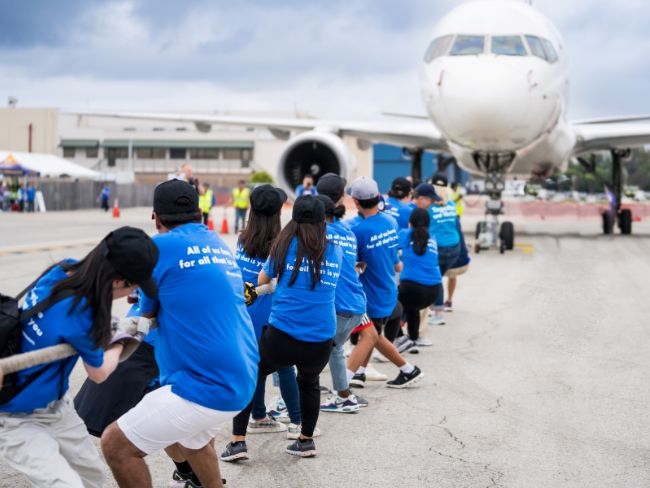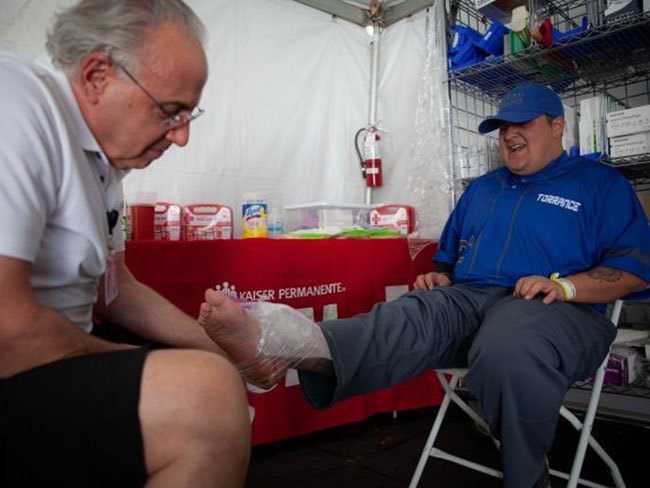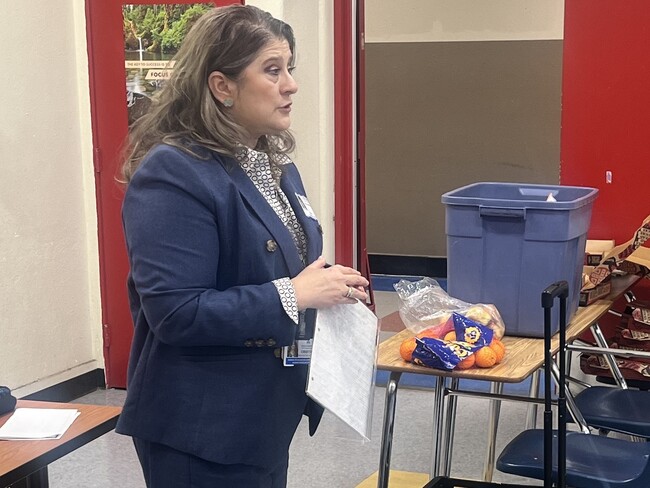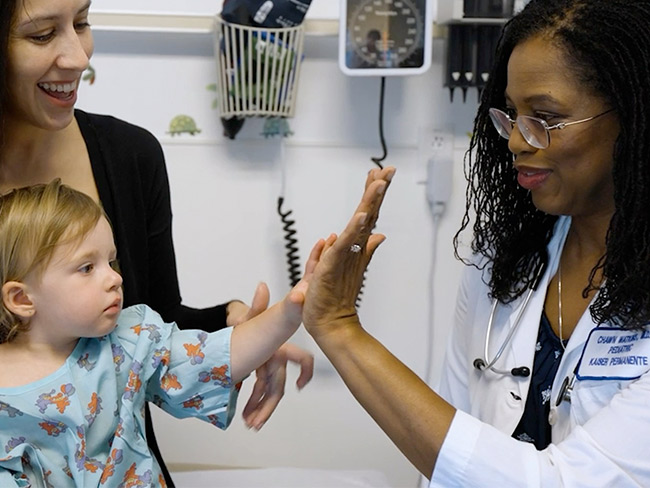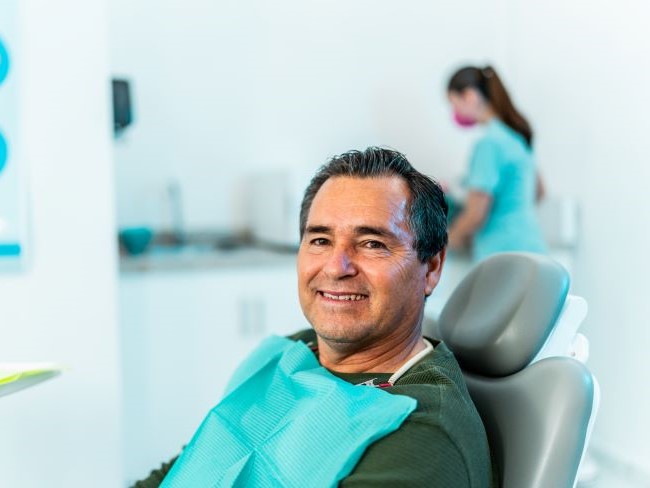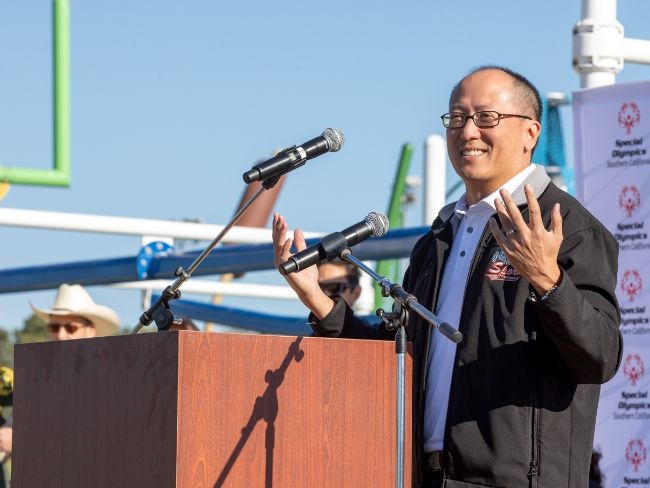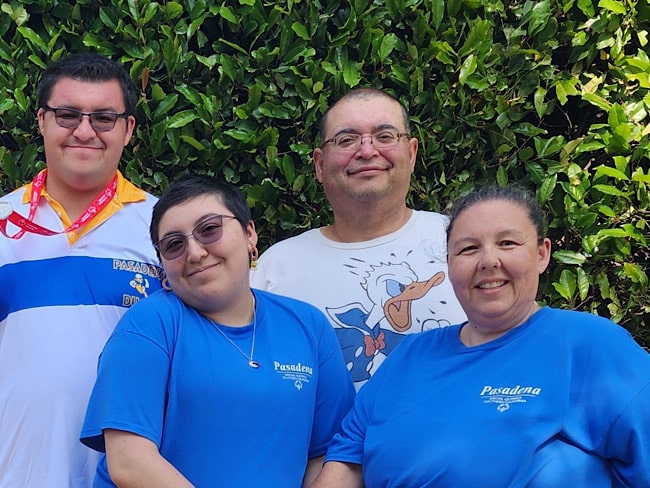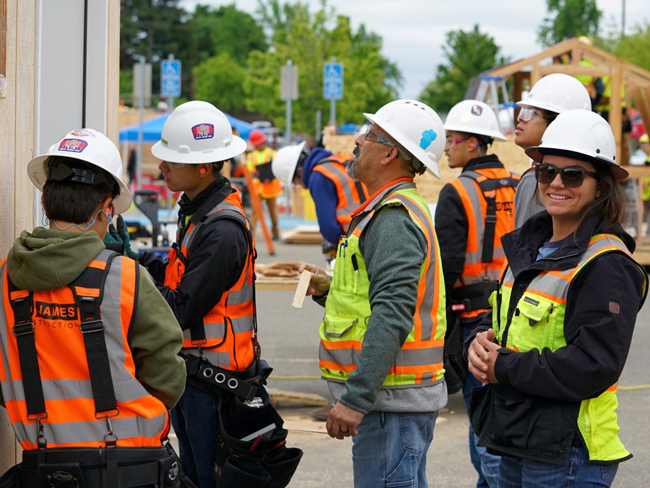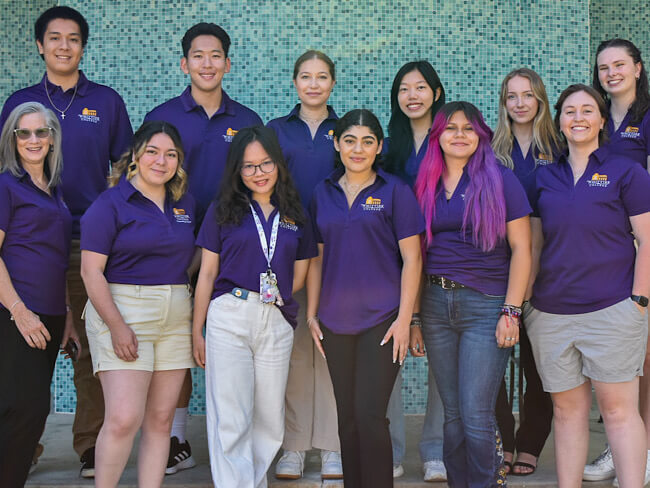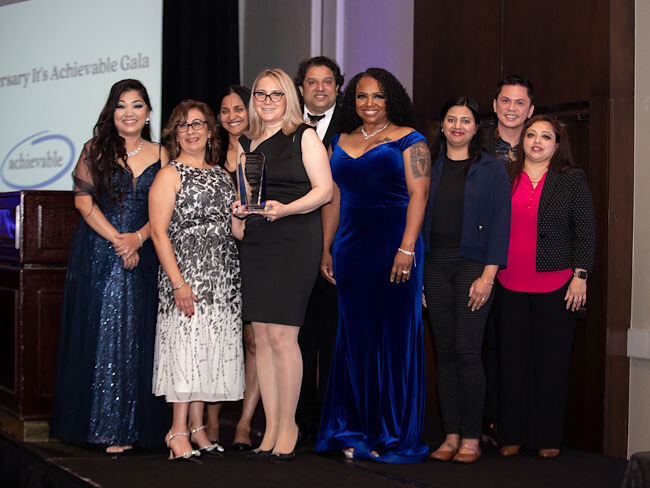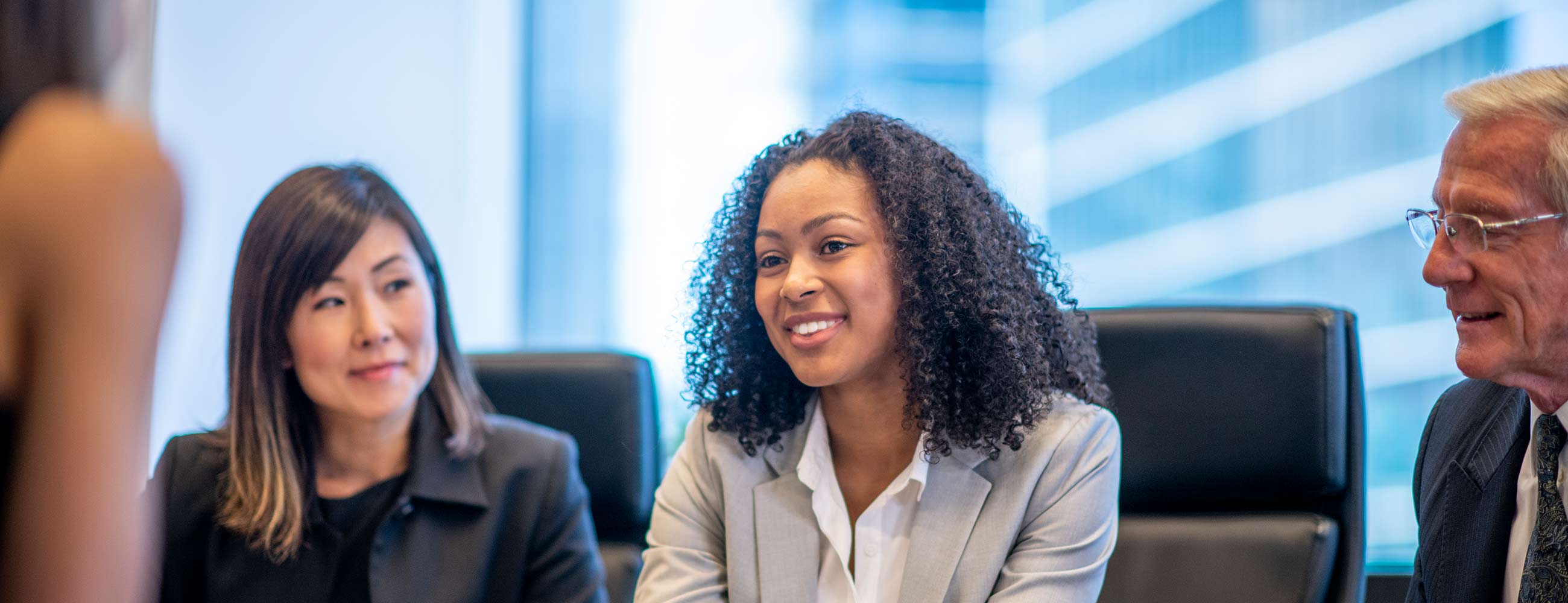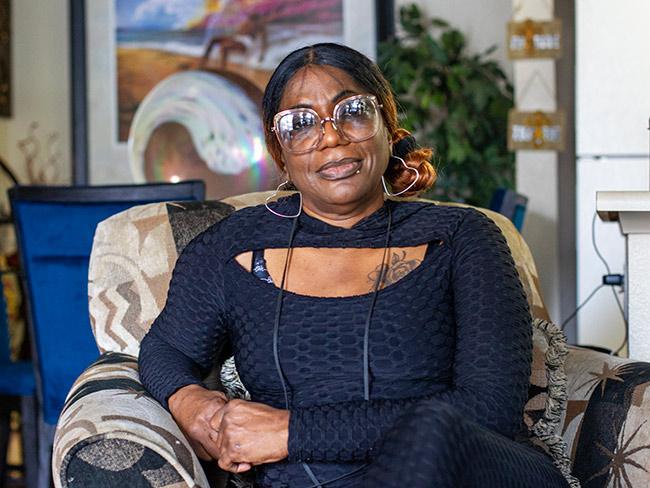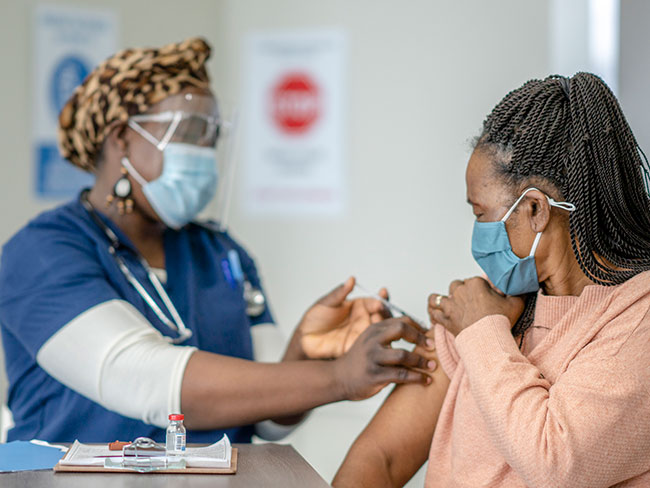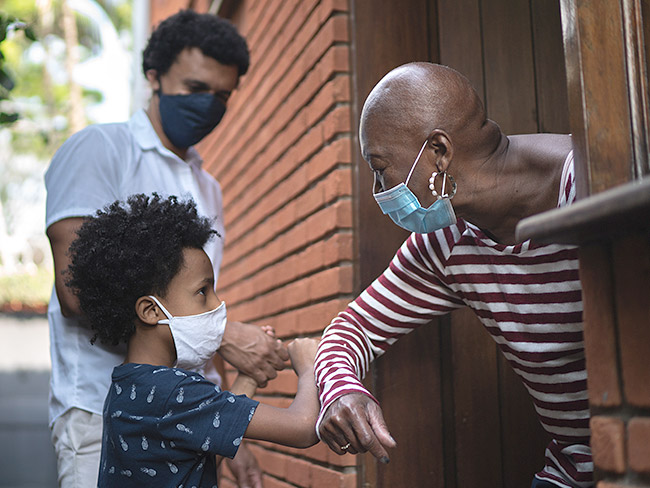Beatrice Lei, MD: From Shantou, China, to Richmond, California
She served as a role model and inspiration to the women physicians and Asian American physicians and Kaiser Permanente employees who would follow.
Beatrice Lei, MD, circa 1930
“An inspiration to ... women physicians”
That was the shout-out to Beatrice Lei, MD, in 2002, as she was posthumously inducted into the Kaiser Permanente Diversity Hall of Fame.
“Through her quiet demeanor, excellence and dedication to quality care delivery and clear focus on what was required to be successful, she served as a role model and inspiration to the women physicians and Asian American physicians and employees who would follow.”
Dr. Lei arrived in San Francisco in the late 1930s from her native Shantou, China, determined to learn effective treatments for tuberculosis. She had intended to return to China, where the disease had become prevalent, but she was unable to go home after Japan seized Shantou during World War II.
Dr. Lei stayed in the United States, passed the California Medical Boards, and went on to work for Sidney R. Garfield, MD, at the Kaiser Richmond shipyards as one of 16 young physicians recruited in 1944 and 1945. She helped transition the health care program into the postwar era and became the first female and first Asian physician accepted as a partner in The Permanente Medical Group after it was formed in 1948.
Early members of The Permanente Medical Group have been well chronicled over the years, including Dr. Garfield, who created Permanente medicine; Cecil Cutting, MD, The Permanente Medical Group’s first executive director; and Morris Collen, MD, known for his pioneering work in applying computer technology to modern medicine. Dr. Lei’s story is lesser known.
Born in Shantou, China in 1910, Pooi Tuen (Beatrice) Lei was one of 11 children. While it was highly unusual at that time for girls to attend school, Lei’s father wanted all of his children to get an education.

Beatrice Lei, MD, with infant patient, 1947. Kaiser Permanente hired Chinese immigrant Beatrice Lei as its first woman physician in 1946.
In 1928 she entered the Hackett Medical College for Women — the first (and at the time, the only) medical school in China for women — determined to help her family and her community of Shantou, which had no physicians. She received her medical degree in 1932, completed her residency in Shanghai in 1935, and returned to Shantou to practice medicine.
Once in the United States, Dr. Lei was recruited in 1944 to work for Dr. Garfield who was caring for the employees at the Kaiser Richmond shipyards.
When World War II ended, the shipyard workforce diminished significantly and many doctors left. But a core set, committed to the concept of prepaid group practice, remained. One was Dr. Lei.
“When the shipyards closed after the war, so many people moved out of the area that we thought we might have to close the facility,” Dr. Lei recalled during an interview in 1974. “Many of our doctors left the program and started private practice. Some of them asked me to join them, but I refused. There was still a need here. Besides that, I wanted to continue practicing in Richmond. It has always been like home to me.”
In 1945, Henry J. Kaiser and Dr. Garfield made the Permanente Health Plan available to the general public.
Dr. Lei served as chief of Pediatrics at the Kaiser Permanente Richmond Field Hospital from 1946 to 1966 and continued practicing there until she retired in 1975. Frederic Geier, MD, who was physician-in-chief at Richmond Medical Center from 1955 to 1974, said, “Dr. Lei has always been one of the most popular pediatricians here. She has a wonderful rapport with children and their parents.”
During her tenure with The Permanente Medical Group, Dr. Lei also distinguished herself for her commitment to helping others. For instance, she hired and mentored many residents, provided free health care for people in need of assistance, and regularly helped and counseled Chinese students studying in the United States.
After Dr. Lei retired, she continued to dedicate herself to improving the health of her community by providing free medical treatment to family, friends and others who needed care but could not afford it. She died in 2002, at the age of 92.
At Dr. Lei’s induction into the Kaiser Permanente Hall of Fame, she was quoted as having offered this perspective on her immigrant story: “It is hard for Chinese to come to this country … nothing comes easy. We have to work very hard and appreciate what we have. It is critical that we study hard, work hard, contribute to the community, and make all Chinese people look good and feel proud.”


